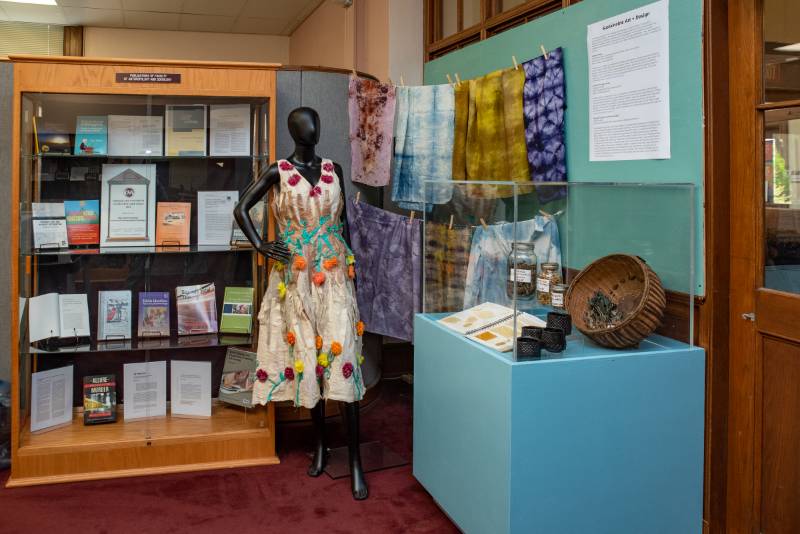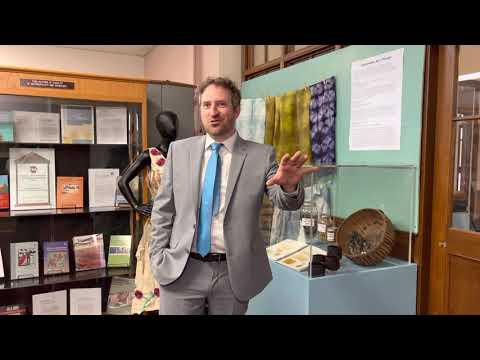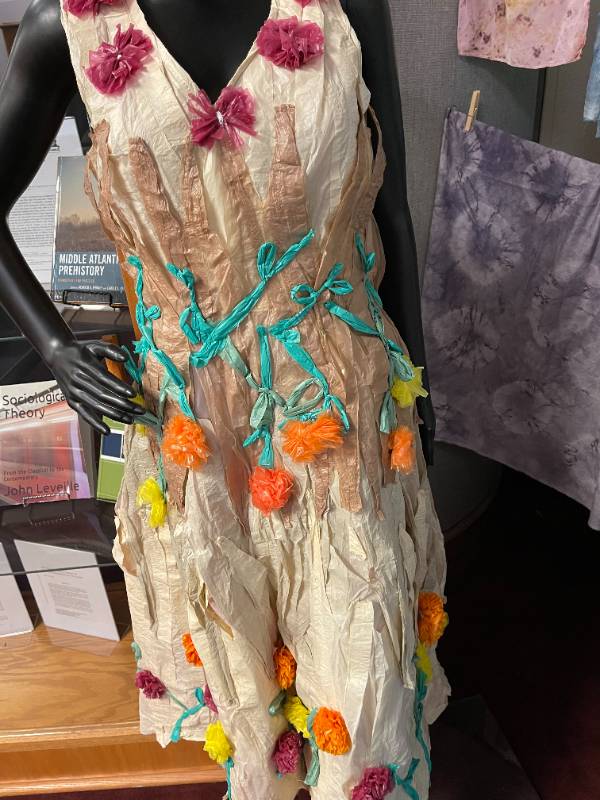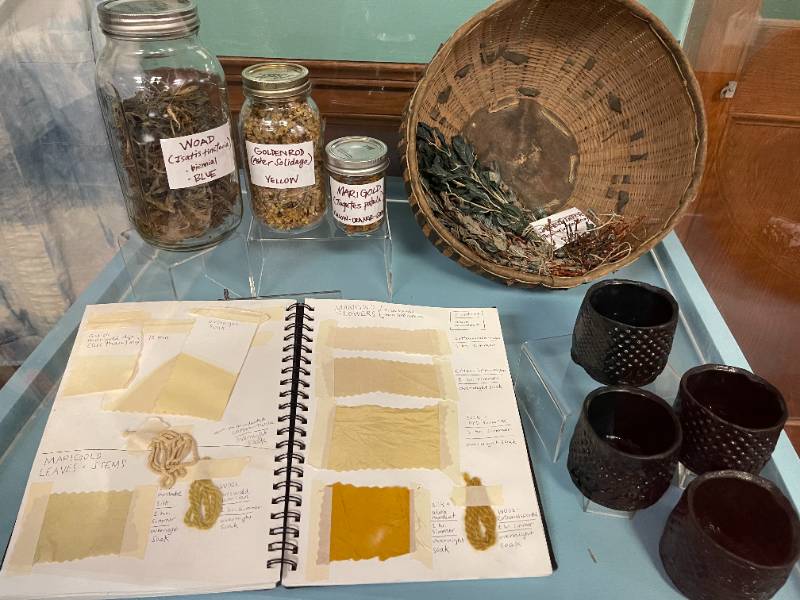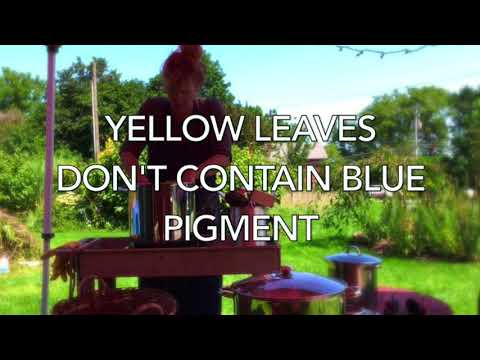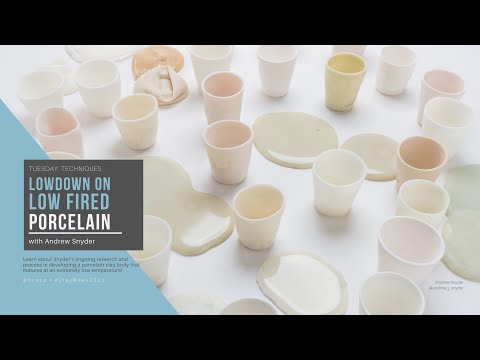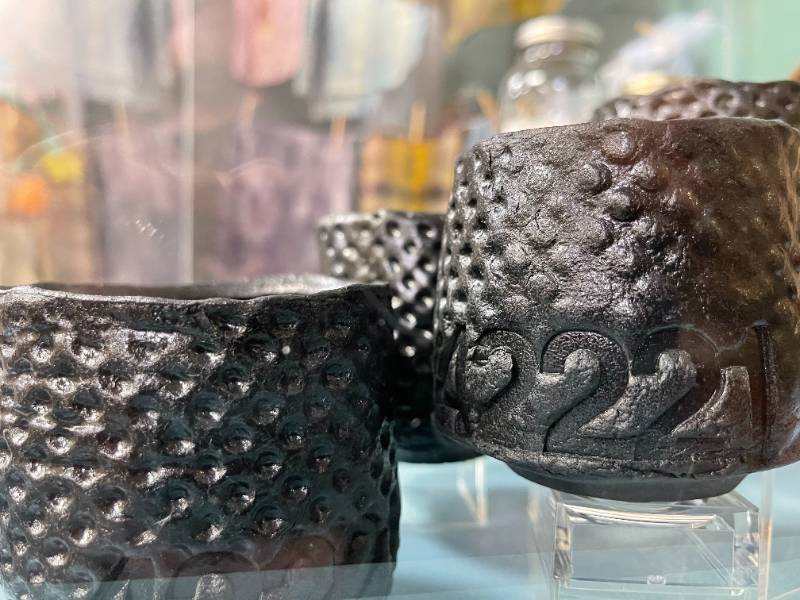Sustainability in Art + Design
Sustainable Art + Design
The Department of Art + Design contributes to West Chester University’s sustainability efforts. Through mindful projects about environmental issues, new energy saving methods, and the use of repurposed or renewable resources, important research and creative activities are being undertaken. They are integral to furthering the university’s Climate Action Plan and inspiring other green initiatives on campus.
The below pieces will highlight some of the exciting initiatives from theater, art and design.
Curated by Megan Gunzelman and Michael A. Di Giovine.
Garden Dress from Carnival of Ruin
Constance Case, Gretchen Studlien-Webb, and maria urrutia
Carnival of Ruin (2018-2021)
Plastic bags, upcycled cloth
The Carnival of Ruin is a performance piece and exhibit of costumes and set pieces constructed entirely from post-consumer waste. The artists state that their goal is to present memorable visual imagery that empowers community action towards a better future. This dress is constructed from repurposed cloth and plastic bags to serve as a visual reminder of our social responsibility to consume less.
For more information see www.carnivalofruin.com.
Natural Pigment and Dye Garden
Kate Stewart
Dried plant material, dye recipe book, sample dyed fabrics
The Natural Pigments and Dyes Garden is a collaboration between the Department of Art + Design professor Kate Stewart and WCU Grounds Manager Josh Braid, and supported by an Office of Sustainability Research Grant. Located outside the E.O. Bull Center for the Arts, the garden is planted with Black-eyed Susans, Japanese Indigo, Woad, Lady’s Bedstraw and other plants traditionally used in the production of natural dyes and pigments. Students use the garden to learn about the influence of materials in art history. They also learn how to cultivate and harvest the plants in order to create natural dyes, pigments and art materials that they use in their own works. The work notebook, harvested plants, and dyed shirts on display are all products of the Natural Pigments and Dyes Garden.
Lowfire Porcelain Cups
Andrew Snyder
42221: Disposable, Recyclable (2021)
Black lowfire porcelain
Pottery has the potential to be unsustainable, especially with the fuel consumption required for contemporary high-fire clay bodies. Andrew Snyder’s work has allowed him to develop a low-fire method that perfectly replicates the properties and color of high-fire pottery. These black porcelain cups, emblazoned with the date 4-22-21, were made exclusively for this exhibition.

